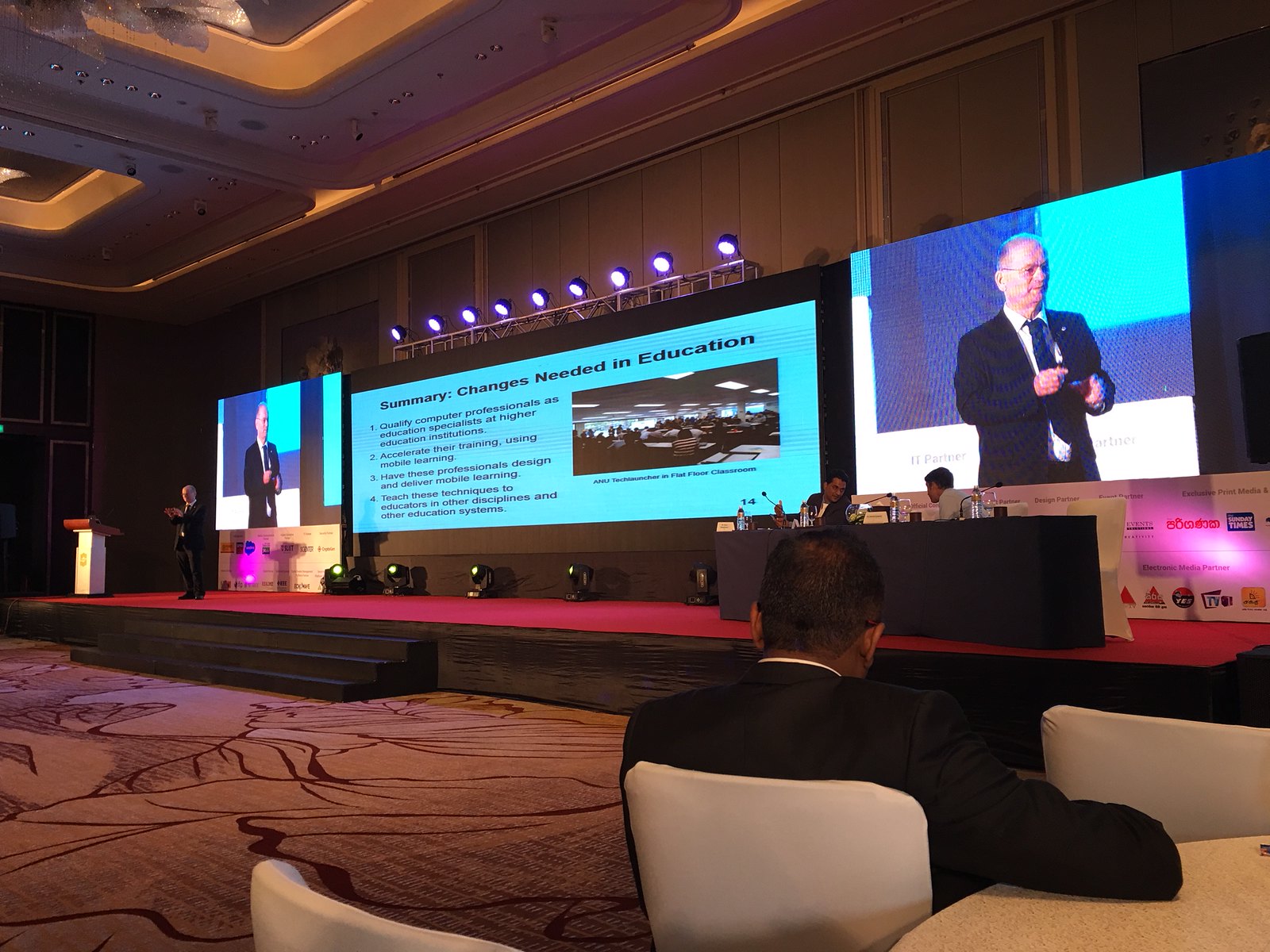 Dr Inger Mewburn
Dr Inger Mewburn,
has called for
a fairer, more humane system in academia, in her blog, "
The Thesis Whisperer". This was a new year's resolution, and reflective post. For the last two years she has been working on the theme "Less", but the 2019 the theme will be "Care". However, I suggest "Professional" would be better.
Dr Mewburn, raises the issue of the high workloads in academia. The problem
with "Less", I suggest, is that there will always be more demands on the time of an
effective person, than there are hours in the day to do them, and "Care"
can result in being emotionally blackmailed. Being more efficient will
not help, as that will just increase the demands on your time. What I
suggest is a conscious choice as to what to do, and more importantly,
what
not to do.
Dr Mewburn, discusses the stresses of attending an international conference on a limited budget. Each year I try to attend one international conference. I mostly have to
pay my own airfares, conference fees and accommodation. One way I have
found to get the most from this expensive and time consuming experience
is to squeeze in another conference, and talks, on the way. There are
few direct flights from Australia, so I look for another conference
wherever the plane stops. Often conferences are happy to have someone chair a session, or give a talk, to make up for a last minute cancellation.
This year I was invited to
speak at the Computer Society of Sri Lanka National IT Conference (NITC 2018).

Flights were via KL or Singapore,
so I looked for conferences there. I found
EduTech Asia 2018 was on and the organizers
responded with a speaking slot, and free registration.
Another way to reduce the stress when traveling for conferences is to use public transport. This may
take more time, but imposes a timetable which makes it easier to refuse requests to squeeze
extra work into your schedule. One tip is to use overground transport,
avoiding the subway. Singapore, HK, and London have very
efficient subways, but they also have excellent double deck buses, which
provide a view, if you are not in a hurry.
 |
View from 17th floor
UBC Walter Gage Student Residence |
Also I have found booking the cheap student accommodation offered at
conferences less stressful. For the
IEEE International Conference on Computer Science and Education
(ICCSE 2014) I booked a room in the UBC Walter Gage Student Residence. Most
of the delegates were in more expensive accommodation, so I had a five room apartment to myself on the top floor, with a balcony looking
out over the mountains.
Dr Mewburn, expresses concern over the stress from working in academia. She suggests an emphasis on being "resilient", transfers the problem from the system to the individual, and instead calls for a "better, fairer,
more humane system in academia". While I support this, I suggest we need to also train our students, be they destined for academia, or for industry, to be "professional".
The academic system is not the only one to exploit its workers. Where you have people who love what they do, there can be a tendency to
take advantage of them. I suggest that academics need to consider
themselves
professionals, and that they are training professionals. A professional looks after not only the
interests of their clients, and their employer, but
their own interests
as well.
For several years I gave lectures to ANU's computer students on "
Professional Ethics". This is a compulsory subject for all degree programs accredited by professional bodies. Professionalism is, in part, about the obligations of the individual to their staff. However, it is also about their obligations to themselves. Professionals are required to take time to keep up withe skills, and are obliged not to take on more work than they can do. These obligations are so the professional can do a good job for their client, but a byproduct is to avoid overwork.
Dr Mewburn, voices the dilemma all academics face, where they are encouraged to look after students and engage in activities which impact the wider world, but tend to only be promoted for publishing peer reviewed journal papers. I suggest it is possible to find a comfortable mix. Bogs, videos and book can be sued to promote journal papers. Hopefully we are reaching the
point where more than just formal papers will will be counted as serious work output.
What I do each year is choose a theme, or a theme chooses me. I plan to prepare a paper on the theme for formal presentation at a conference. Along the way there might also be a book. Also I will
present to parliamentary committees on the topic, and talk to the media.
What I always do is to make a point of explaining to my institution how
this helps promote their courses.
Sometimes these themes just evolve. Last year it was "
Blended Learning for the Indo-Pacific", presented in Canberra to my professional body,
then in Colombo, a
formal paper at an international conference in
Woolongong (and to be repeated at
USyd on Monday). Along the way I
presented a version to a
Senate committee (the previous witness was the
ANU VC, who asked "Tom what are you doing here?"). It happened then that
DFAT were looking for ideas, so I
pitched my paper to them, slightly
modified, for $250,000 in funding. Along the way I spent a delightful
few days in Singapore, at a conference meeting up with acquaintances
from around the world.
This year's theme will probably be about peer assessment for blended
learning of professional skills. I offered to help with professional skills, and now find myself with 60 masters students to teach in ANU's
new flexible building. I started by blogging
what I might teach, now I
am finalizing the formal learning design. Next I will teach. That will
likely result in a conference paper, perhaps a book, later in the year,
or next. As professional skills and blended learning are hot topics,
there will likely be conference invitations and media interest.
ps: The inspiration for my
Higher Education Whisperer blog, came from Dr Mewburn's
Thesis Whisperer.






